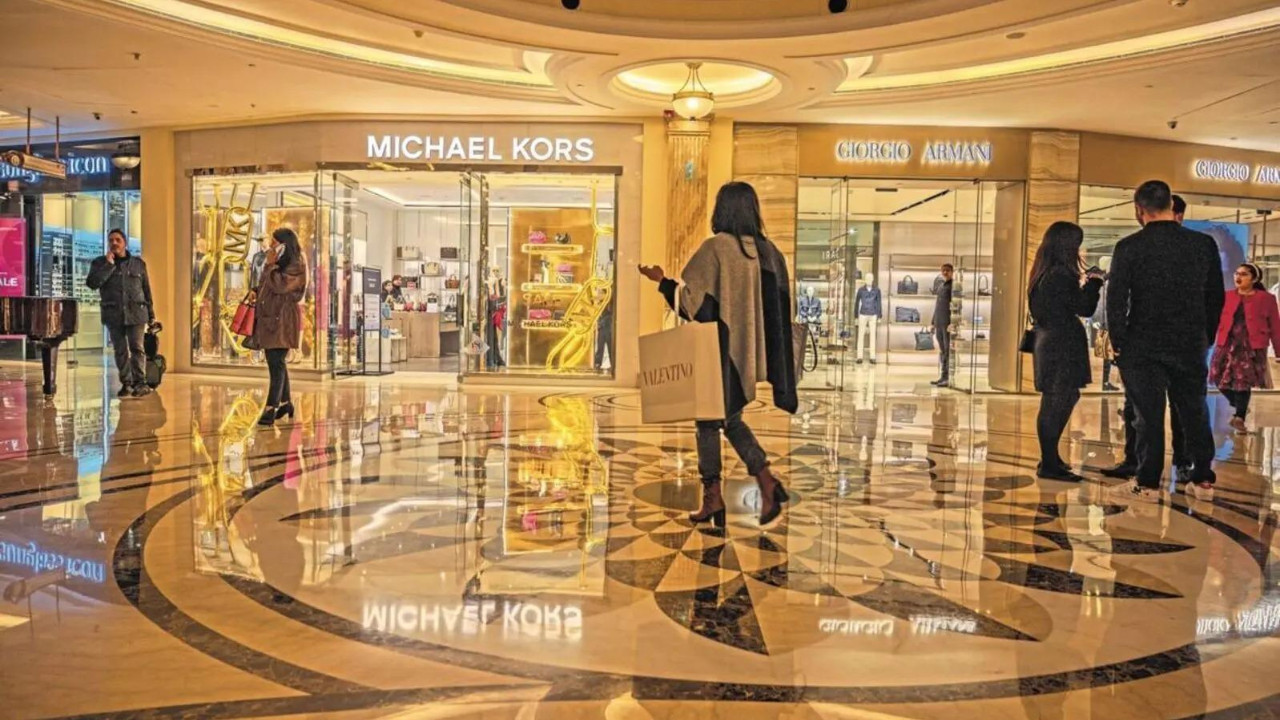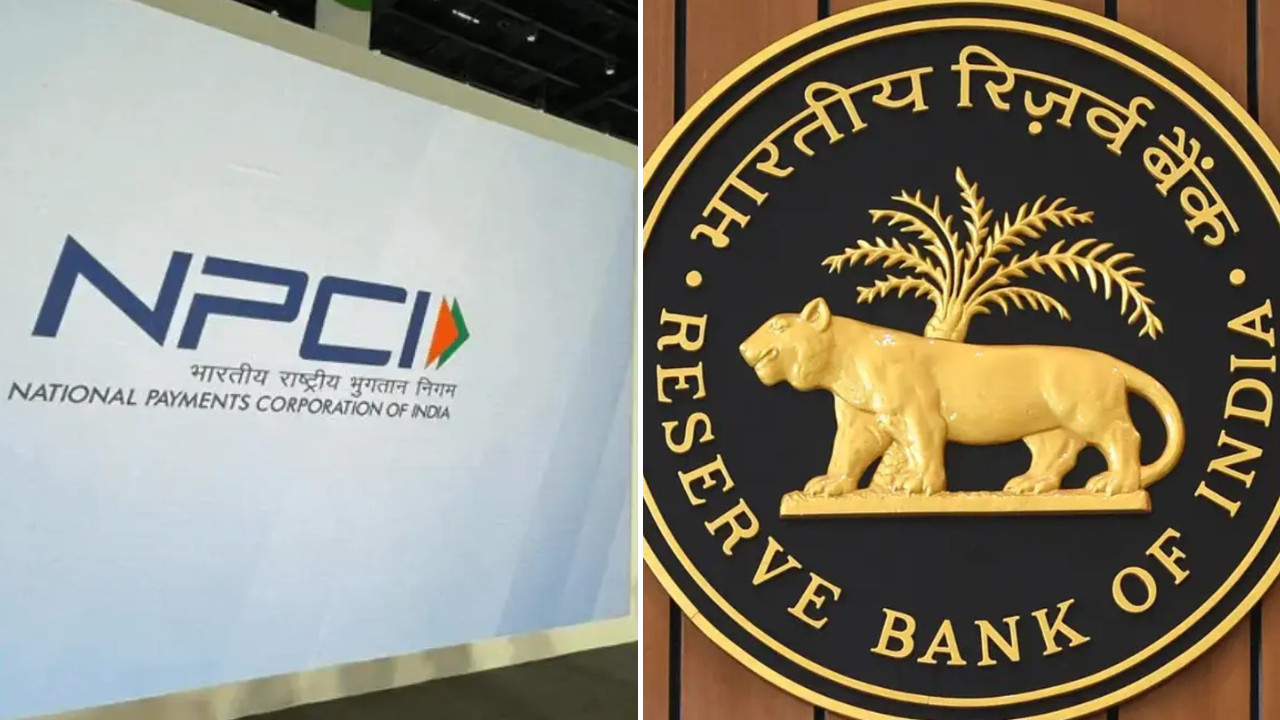Galeries Lafayette has launched its first Indian store in Mumbai, aiming to capture the nation’s vast consumer market. Despite the promising growth of India’s luxury sector, global brands face significant hurdles including high import duties, complex bureaucracy, and strong competition from local designers, necessitating cultural adaptation for success.
Galeries Lafayette Sets Its Sights on India: Will Luxury Find its Footing?
India’s retail landscape is buzzing with anticipation. The iconic French department store, Galeries Lafayette, is poised to make its grand entrance, marking a significant moment for the country’s burgeoning luxury market. But beyond the initial excitement, a critical question lingers: can this bastion of European luxury truly conquer the unique tastes and preferences of Indian consumers?
The entry of Galeries Lafayette signifies more than just another high-end retailer setting up shop. It’s a testament to India’s growing economic power and the increasing appetite for luxury goods among its affluent population. With a rapidly expanding middle class and a growing number of high-net-worth individuals, India presents a tempting opportunity for global luxury brands.
But this isn’t a straightforward conquest. India’s luxury market, while promising, operates under its own set of rules.
Navigating the Nuances of Indian Luxury
One of the biggest challenges Galeries Lafayette will face is understanding and adapting to India’s unique cultural sensibilities. While Western luxury brands often prioritize exclusivity and minimalist designs, Indian consumers often gravitate towards bolder colors, intricate embellishments, and products that reflect their rich cultural heritage.

Bridging this gap will be crucial for Galeries Lafayette to resonate with its target audience. A curated selection of products that blends international trends with local aesthetics could be the key to unlocking success. Perhaps collaborations with Indian designers, or the inclusion of traditional Indian crafts within the store’s offerings, could help build a stronger connection with local consumers.
Furthermore, pricing strategies will need careful consideration. While luxury inherently commands a premium, excessive price gaps compared to international markets could deter potential customers. Affordability, or rather, perceived value for money, remains a significant factor for Indian consumers, even within the luxury segment. Striking a balance between maintaining brand exclusivity and offering competitive pricing will be a delicate act.
The Competition Heats Up: Existing Players and Evolving Trends
Galeries Lafayette isn’t entering a vacuum. The Indian luxury market is already populated with established players, both domestic and international. Brands like Tata’s Westside and Reliance Retail’s Azorte are already vying for the attention (and wallets) of Indian shoppers. These companies are increasingly focusing on premium and luxury offerings. Success will depend on finding a unique selling proposition to stand out in a crowded market.
Beyond established brick-and-mortar stores, the rise of e-commerce is also reshaping the luxury landscape in India. Online platforms offer greater accessibility and convenience, particularly for consumers in smaller cities and towns. Galeries Lafayette will need to develop a strong online presence to complement its physical stores and cater to a wider audience. Check out our guide to luxury retail for more insights.
Beyond the Hype: Building a Sustainable Luxury Presence
Ultimately, the success of Galeries Lafayette in India will depend on its ability to build a sustainable and authentic connection with Indian consumers. This requires more than just offering high-end products. It involves understanding their values, respecting their culture, and providing an exceptional shopping experience that goes beyond mere transactions.
The potential is undoubtedly there. India’s luxury market is poised for significant growth in the coming years. However, simply transplanting a European model wholesale won’t cut it. Galeries Lafayette will need to adapt, innovate, and demonstrate a genuine commitment to serving the unique needs and preferences of Indian consumers. Whether they can successfully navigate this complex landscape remains to be seen, but their journey will undoubtedly be a fascinating one to watch.
Will Galeries Lafayette truly redefine luxury retail in India, or will they become just another fleeting fancy? Only time, and the discerning choices of Indian shoppers, will tell.







